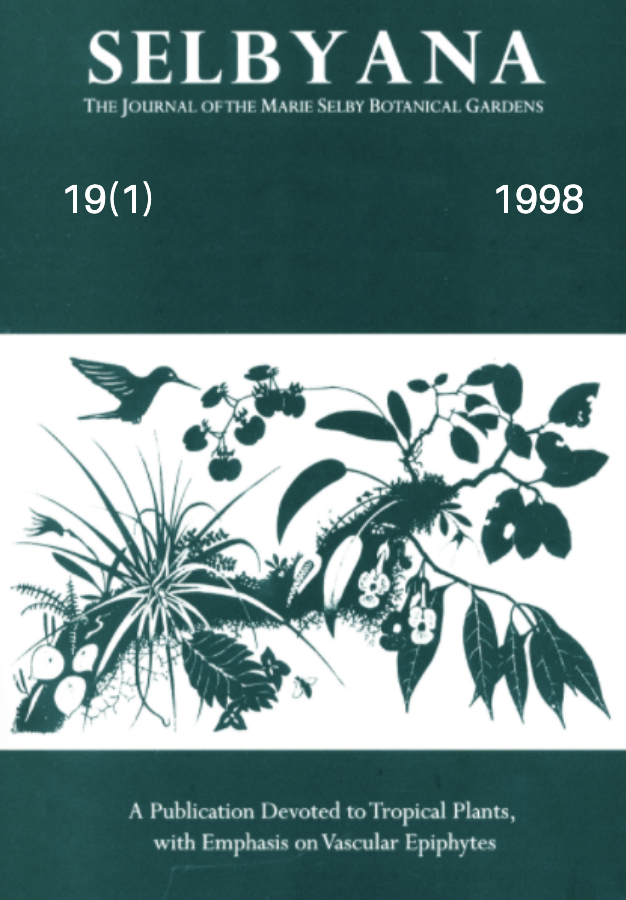Abstract
The neotropical Gloxinieae are one of the largest tribes in the subfamily Gesnerioideae (Gesneriaceae). The tribe contains 19 genera and approximately 230 species. The tribe Gesnerieae contains approximately 100 species with two to four genera depending on the treatment. Recent cladistic analyses of the tribes in the Gesneriaceae have indicated that Sinningia, Paliavana, and Vanhouttea are best removed from the Gloxinieae and placed in a separate tribe, Sinningieae. This study investigates the relationships of all but two of the remaining genera of the Gloxinieae, all but one of the Gesnerieae, and the relationship of the two tribes to each other. The Gloxinieae are found to be paraphyletic exclusive of the Sinningieae and the epiphytic genus Capanea. Capanea is found to be placed best within the Episcieae, a tribe that contains the majority of the epiphytic species in the neotropical Gesnerioideae. The Gloxinieae include a polyphyletic Gesnerieae with Sanango embedded in a polytomy of Gloxinieae and the remainder of the tribe monophyletic. The close sister group relationship of several genera is revealed and support is provided for the combination of Parakohleria into Pearcea. The two genera Gesneria and Rytidophyllum are in separate clades indicating that their separate generic status may be warranted.
Open Access and Copyright Notice
Selbyana is committed to real and immediate open access for academic work. All of Selbyana's articles and reviews are free to access immediately upon publication. There are no author charges (APCs) prior to publication, and no charges for readers to download articles and reviews for their own scholarly use. To facilitate this, Selbyana depends on the financial backing of the Marie Selby Botanical Gardens, the hard work and dedication of its editorial team and advisory board, and the continuing support of its network of peer reviewers and partner institutions.
Authors are free to choose which open license they would like to use for their work. Our default license is the Creative Commons Attribution-NonCommercial 4.0 (CC BY-NC 4.0). While Selbyana’s articles can be copied by anyone for noncommercial purposes if proper credit is given, all materials are published under an open-access license with authors retaining full and permanent ownership of their work. The author grants Selbyana a perpetual, non-exclusive right to publish the work and to include it in other aggregations and indexes to achieve broader impact and visibility.
Authors are responsible for and required to ascertain that they are in possession of image rights for any and all photographs, illustrations, and figures included in their work or to obtain publication or reproduction rights from the rights holders. Contents of the journal will be registered with the Directory of Open Access Journals and similar repositories. Authors are encouraged to store their work elsewhere, for instance in institutional repositories or personal websites, including commercial sites such as academia.edu, to increase circulation (see The Effects of Open Access).
